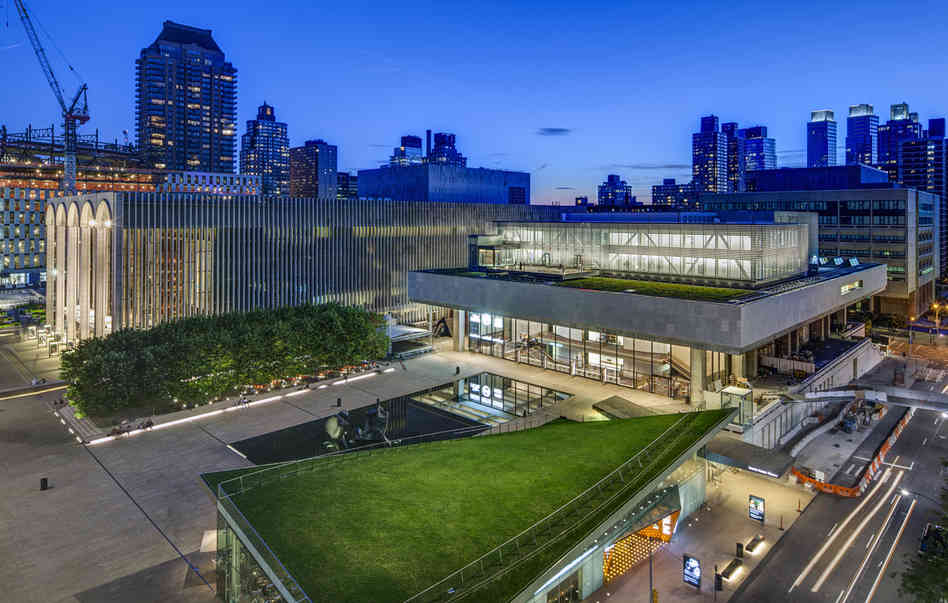Talk to materials. You can ask if bricks like to take compression. Go ahead and ask a brick (Louis Kahn did this, we should too). This may sound bizarre but participating in a conversation with an inanimate object is healthy. Feel a brick (or bolt, concrete sample, etc) in your hand and discuss with it what it wants to be and where it wants to go in the building. (For more, see my article "Participation Mystique" May 2007 Structure Magazine). It is important to the process of quality design to become the thing itself, by manifesting yourself on the building, beam, connection, or bolt.
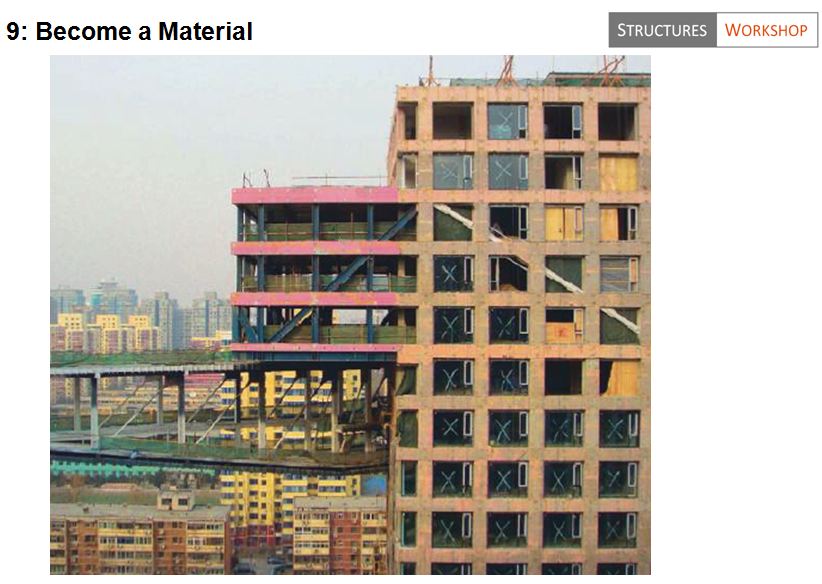
I remember visiting a project where I designed all the connections for a large box truss that supporting four stories of concrete and spanned 100 feet. The erector was proud to show me his work and described the installation, weld and details as a master craftsman would. He wasn't self serving when describing this – he was describing the work itself. He and I both knew the architect was going to cover it all up for no one else to see. He was still deeply satisfied, as was I. I realized much later that the satisfaction was not really about the truss or even the workmanship (craft). What he was really showing me was himself, a manifestation of himself on the steel connection. Yes, the weld was beautiful and well crafted of course and that is satisfying too, but that isn't really what he was indicating. He was really showing me was that he was a good human being, he is quality just like the connection. The inanimate object was him and it was beautiful. We can learn a great deal about ourselves the same way.
I think this idea is similar to Robert Pirsig's metaphysics of quality. In Zen and the Art of Motorcycle Maintenance, Pirsig suggests:
You want to know how to paint a perfect painting? It's easy. Make yourself perfect and then just paint naturally. That's the way all the experts do it. The making of a painting or the fixing of a motorcycle isn't separate from the rest of your existence... the real cycle you're working on is a cycle called yourself. The machine that appears to be "out there" and the person that appears to be "in here" are not two seperate things. They grow toward Quality or fall away from Quality together. [Pirsig 1974: 332]
Therefore, according to Pirsig, if you want to become an expert structural engineer, make yourself an expert structural engineer and then do engineering. This sounds very similar to my idea of living a goalless life.
How does one enter the right frame of mind to do quality work (or enter a material)? It might be the time when the mind is at ease in the task at hand, such that it no longer feels like a task but an extension of ourselves; it becomes part of us, a feeling of closeness, connectedness. This state has been described as flow by Csikszentmihalyi (1988). There are moments while doing engineering that could be described as being in the flow state, such as modeling, sketching, or hand calculations. He describes how flow is exhibited by mountain climbers: "The mountaineer does not climb in order to reach the top of the mountain, but tries to reach the summit in order to climb," which means that climbing is intrinsically rewarding regardless of whether the goal is accomplished. Climbing is about the exhilaration of the task at hand, not the reflection on an accomplishment. Design is the same way, and it is through flow that quality can also come about.





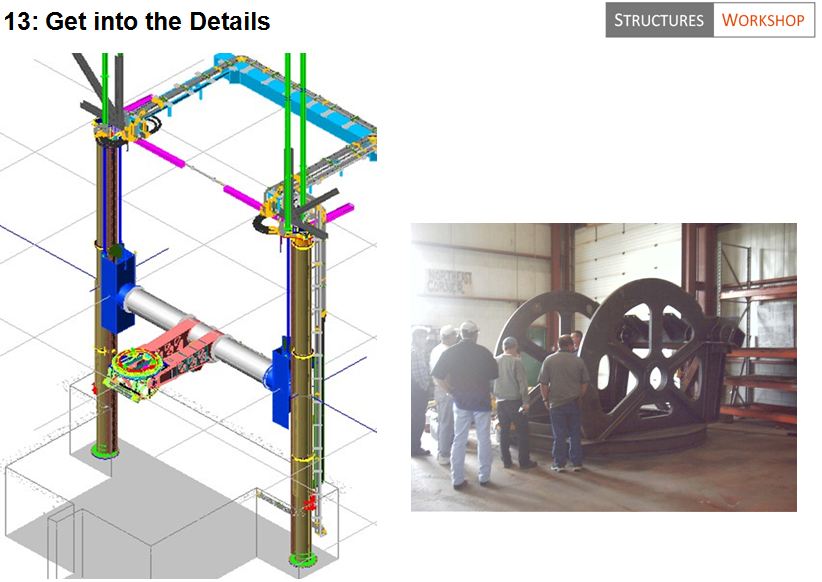

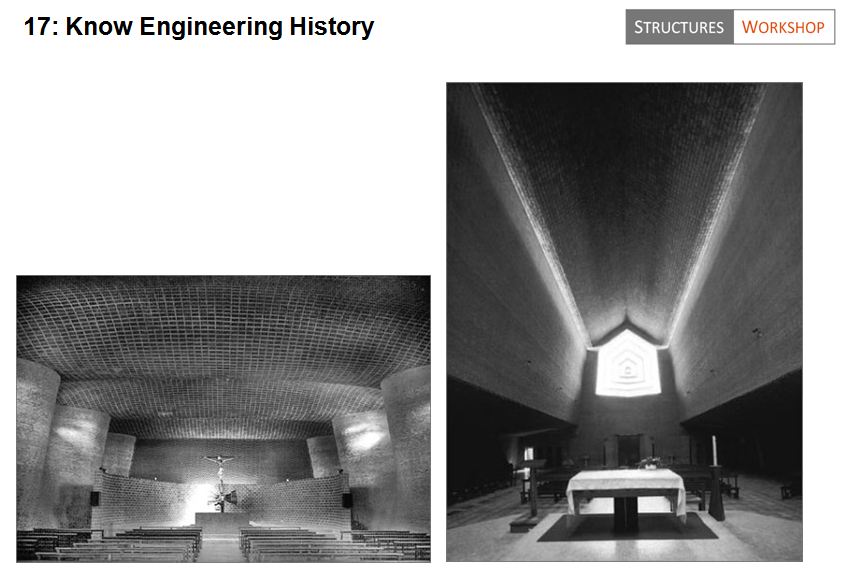




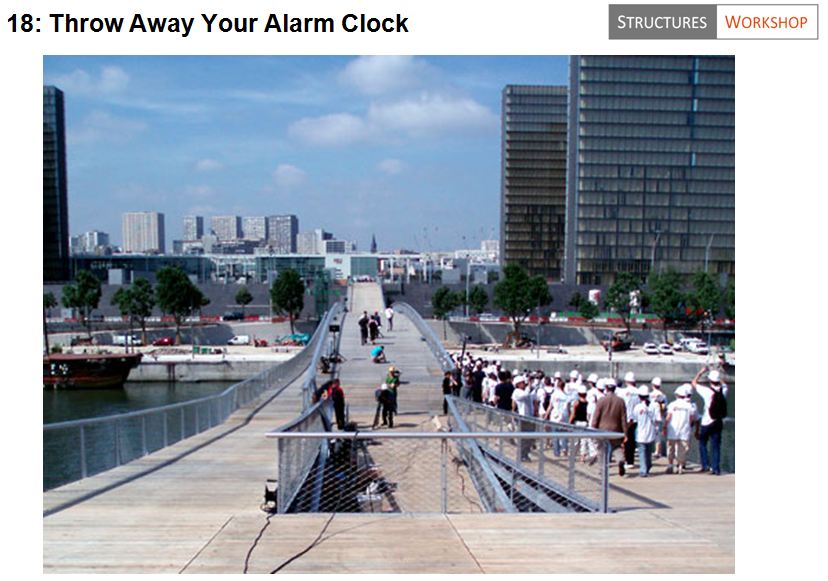

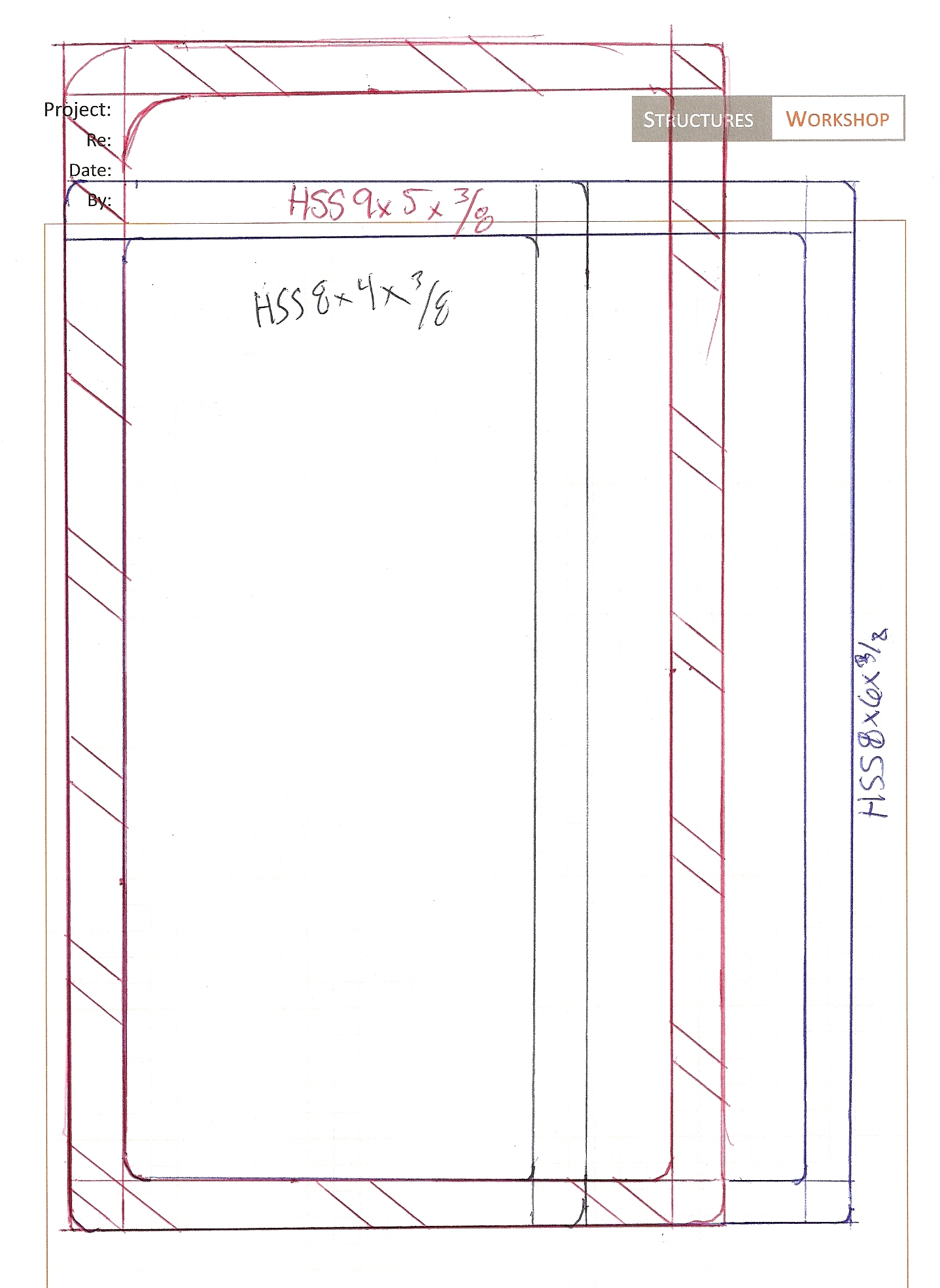
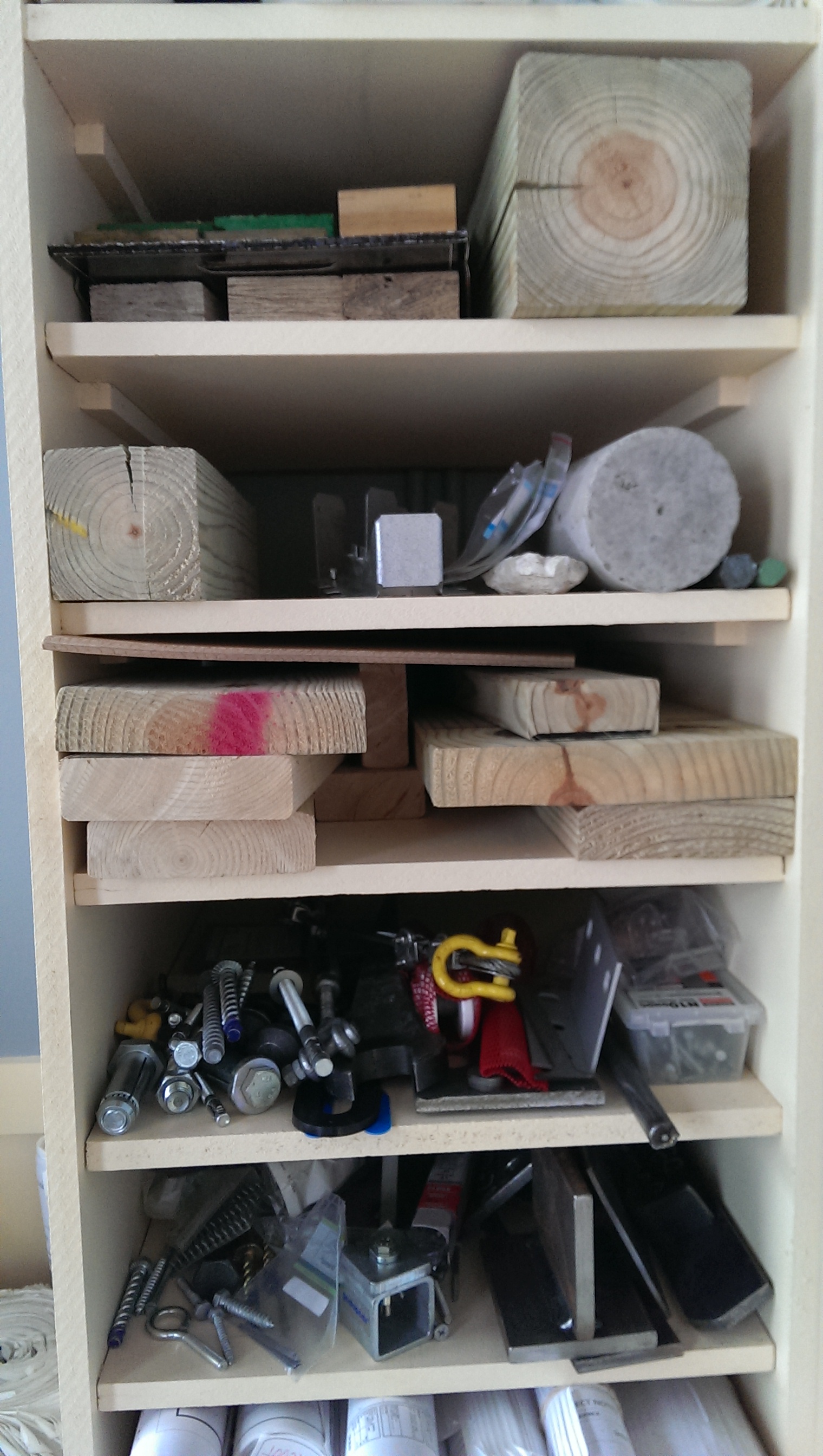
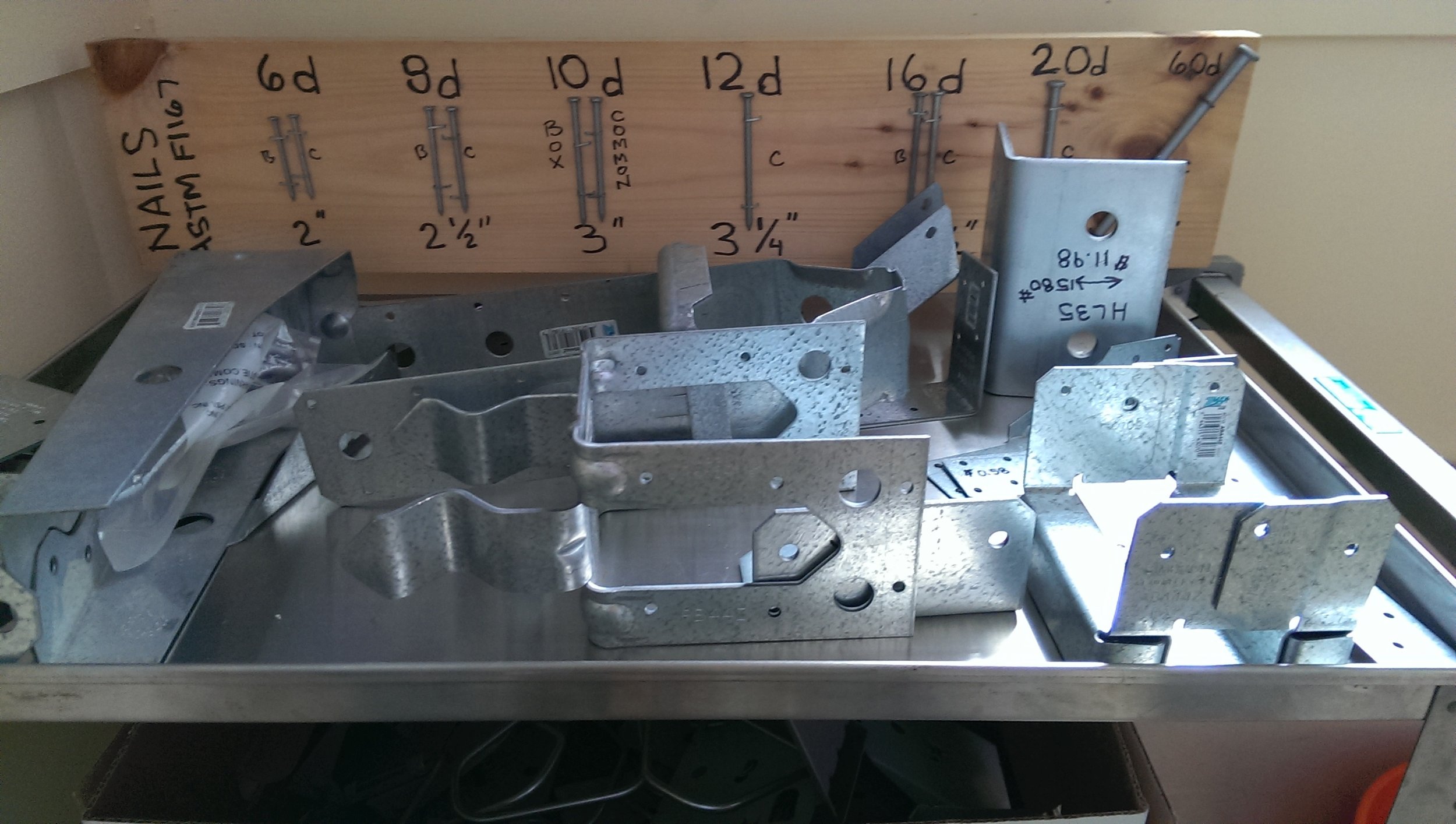

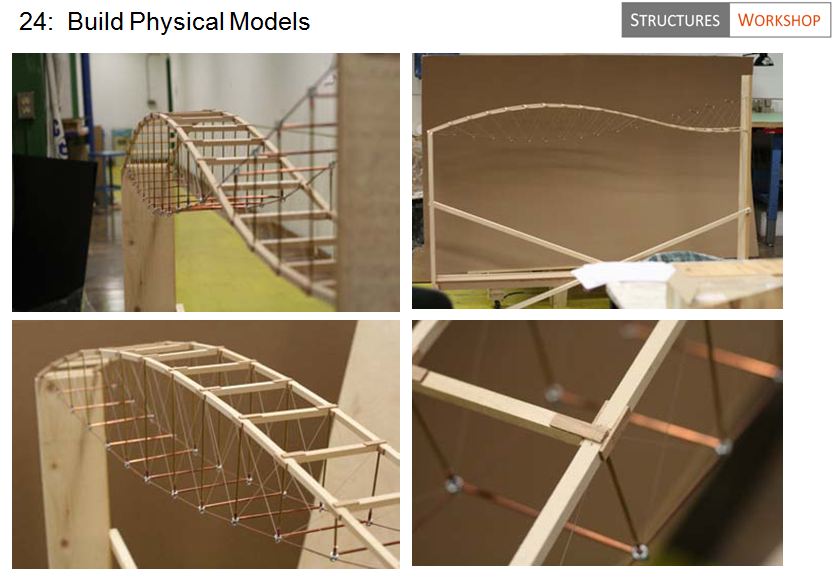




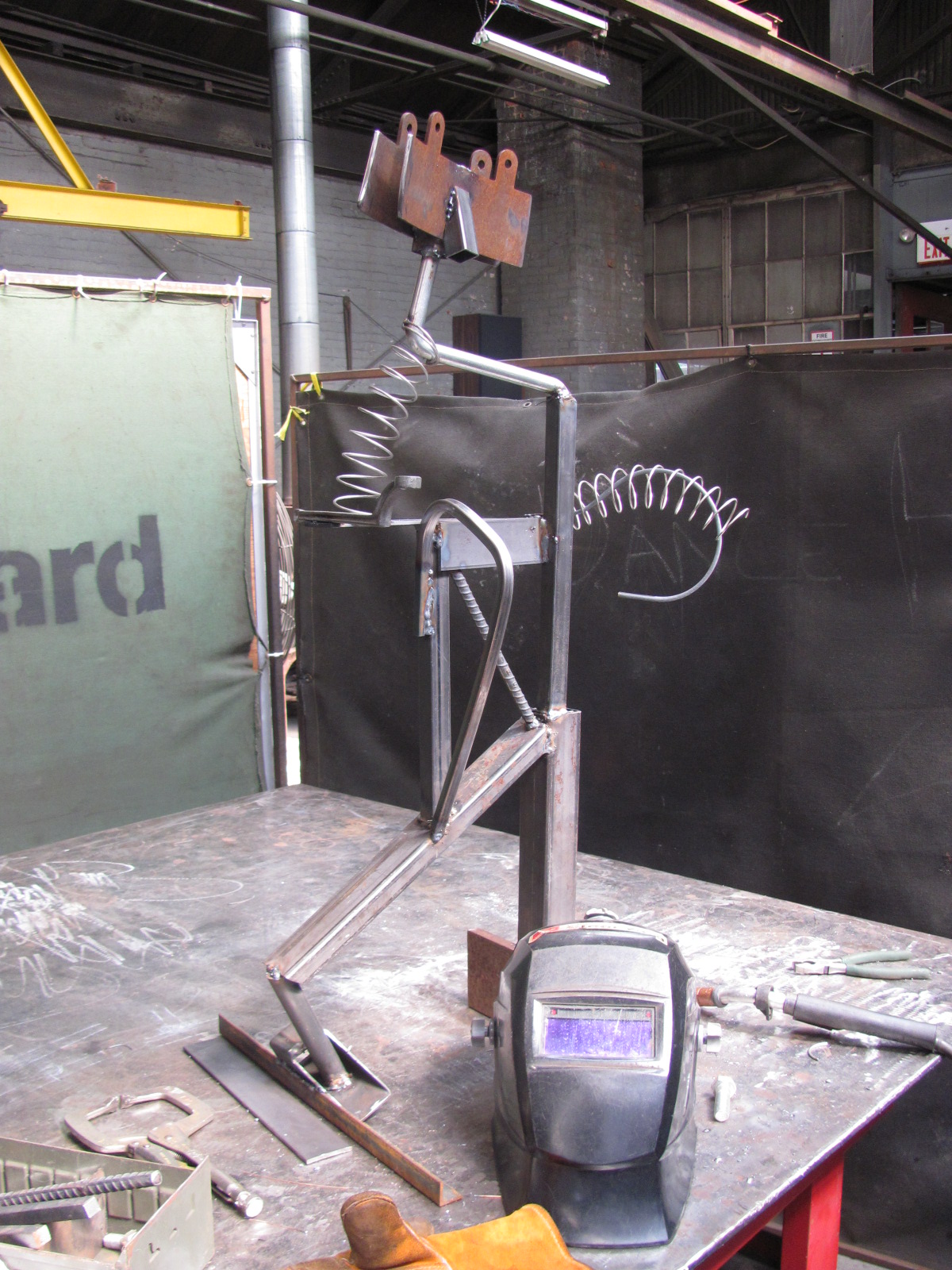
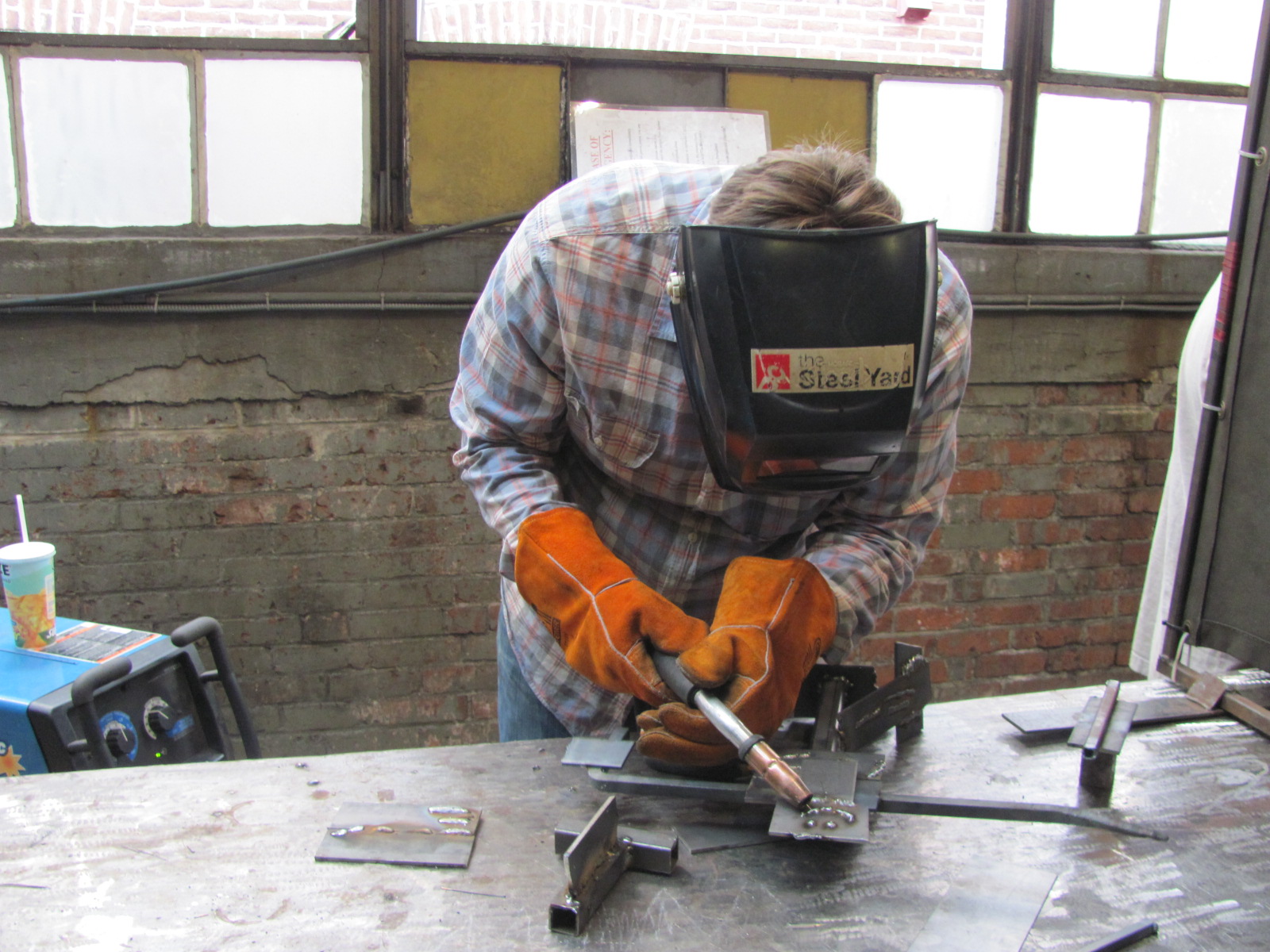

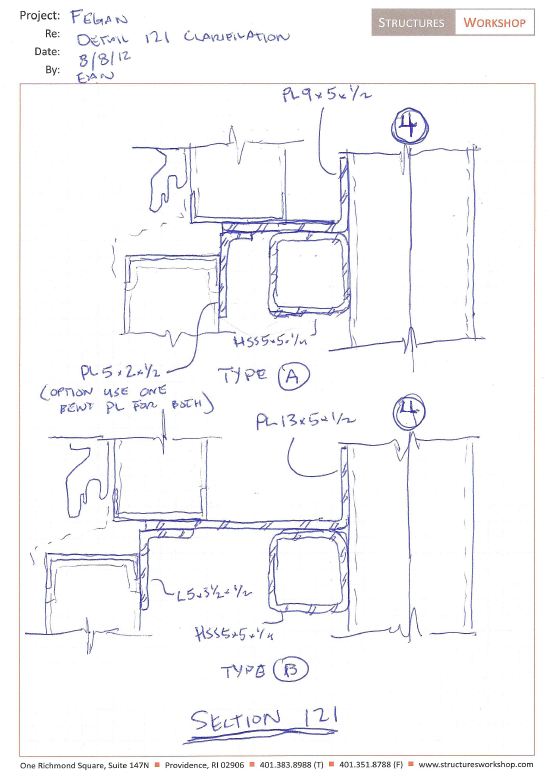
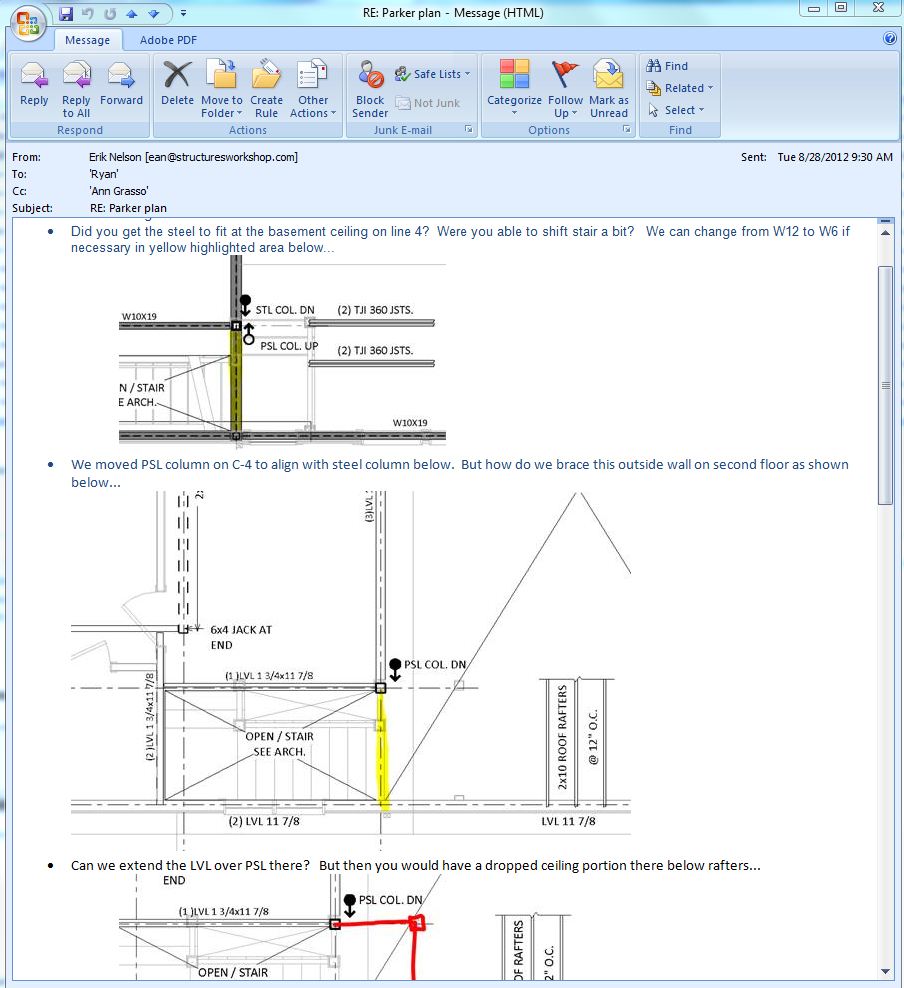

![lct3-progress3[1]](http://static1.squarespace.com/static/5b50dee412b13f916dbf6993/5b64a7fce0c9380bf64954f1/5b64a805e0c9380bf64956d0/1533323269487/lct3-progress31.jpg?format=original)
![LCT_3[1]](http://static1.squarespace.com/static/5b50dee412b13f916dbf6993/5b64a7fce0c9380bf64954f1/5b64a805e0c9380bf64956da/1533323269671/LCT_31.jpg?format=original)

